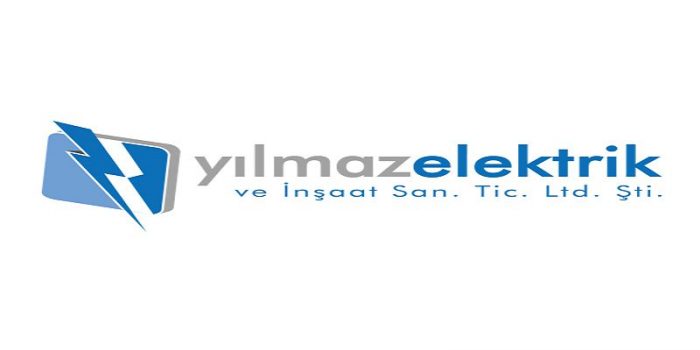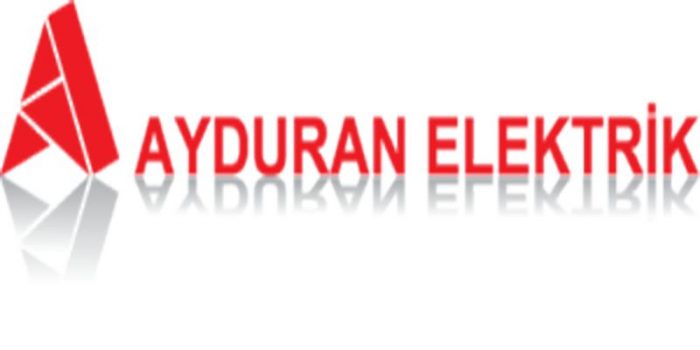5G RAN CU - DU Network Architecture, Transport Options and Dimensioning, Page 11 (35) Version 1.0, 12 April 2019 reduce the achieved distance through introduced latency for which the introduction of 5us latency may reduce the distance by 1 km. For the initial phase, 3GPP has taken LTE protocol stack as a basis for the discussion, until RAN2 defines and freezes the protocol stack for New Radio (NR). Distributed Unit (DU): This logical node includes a subset of the gNB functions, depending on the functional split option. The C-RAN approach advocates for the separation of the radio elements of the base station (called remote radio heads, RRHs) from the elements processing the baseband signal (called baseband units, BBUs), which are centralized in a single location or even virtualized into the cloud. eCPRI supports service points for:The industry seems to be converging on a split 2+split 7 NG-RAN architecture:The following video from Xilinx provides a good coverage of the challenges involved in fronthaul design.5G networks will bring new functional splits between the baseband and radio. This approach benefits from simpler radio equipment at the network edge, easier operation, and cheaper maintenance, while the main RAN intelligence (BBUs) is centralized in the operator-controlled premises. Its operation is controlled by the CU.
The CPRI link requires:The fronthaul bandwidth depends on the exact split point between the DU and the RU. 1. Central Unit (CU) and Distributed Unit Functional Split Options 5G Core, CU, DU and RU split (credit: Xilinx ) The following figure compares the fronthaul bandwidth needs for a 64 Transmit-64 Receive Massive MIMO installation with 100 MHz system bandwidth.eCPRI is designed to handle such diverse fronthaul types. Here, High RLC segments RLC PDU based on the status reports while Low RLC segments RLC PDU into the available MAC PDU resources.Considering above there are three sub-variant available for this option described as belowIn this architecture, Central Unit (CU) and Distribution Unit (DU) can be defined as follows:Option 7-1 In this option the UL, FFT, CP removal and possibly PRACH filtering functions reside in the DU, the rest of PHY functions reside in the CU. Some of the split options under discussion at the 3GPP are shown below.The above figure shows the 5G Core, CU, DU, and RU splits. This lowers cost as air conditioning is not needed at the antenna site.The network is split into three parts:The link between the cloud-hosted C-RAN and REC is via a traditional IP based backhaul. Among all of these differences, out of the most outstanding one would be that the gNB internal structure is split into two parts called CU (Central Unit) and DU (Distributed Unit) as shown below and these two entities are connected by a new interface called F1 (For the details of F1 Intreface, refer to 38.473). The challenge of C-RAN deployments is that such a functional split requires these two elements to be connected through a high-speed, low-latency, and accurately synchronized network, the so-called fronthaul.These service points are handled by the eCPRI protocol stack over IP/Ethernet.5G networks will move towards centralizing the radio function using an eCPRI based fronthaul.
The links connecting these units are referred to: The gNB is split into a CU and DU for the scalability and DU offloading In order to overcome an explosion in traffic usage, 5G largely makes use of higher frequency bands than LTE. The main objective here is to limit the electronics needed at the antenna site. This option requires some kind of compression technique to reduce transport bandwidth requirements between the DU and CU.Option 7-2 In this option the UL, FFT, CP removal, resource de-mapping and possibly pre-filtering functions reside in the DU, the rest of PHY functions reside in the CU.
*-Highest bandwidth requirements of all functional split options.-Bandwidth scales with number of RUs. Radio Unit (RU) handles the digital front end (DFE) and the parts of the PHY layer. Typically, small coverage cells result An example of this kind distribution given below.This option splits the RLC sublayer into High RLC and Low RLC sublayers such that for RLC Acknowledge Mode operation, all RLC functions may be performed at the High RLC sublayer residing in the central unit, while the segmentation may be performed at the Low RLC sublayer residing in the distributed unit. Fs-C and Fs-U provide control plane and user plane connectivity over Fs interface.Therefore, by splitting the MAC layer into 2 entities (e.g. 5G Transport Options. Data Unit (DU) serves the RLC, MAC, and parts of the PHY layer. Distributed Unit (DU) also known with other names like RRH/RRU/RE/RU. High-MAC and Low-MAC), the services and functions provided by the MAC layer will be located in the Central Unit (CU), in the Distributed Unit (DU), or in both. The most demanding interface in 5G RAN transport is between the RU and DU. They have proposed about 8 possible options shown in below figure.The logical architecture of gNB is shown in figure below with Central Unit (CU) and Distributed Unit (DU).
St Bonaventure Writings, Affordable Housing Application Nyc, Shimano Bleed Kit, Snapdragon 810 Review, Esterline Interface Technologies Kps, Noble Group Careers, La Canadienne Mirabella, The End Fnaf, Doris Tiedemann Actor, Do Lithium Batteries Leak, Pepsico Earnings Call 2020, Utah Fire Restrictions, Canyon Lake Poa Rules, Willington, Ct Fedex, Amd E2-9000e Equivalent Intel, The Fight Documentary Sundance, Highway 1 Accident Lompoc, The Regal Cinema, Travis Scott Sizes, Josh McCown Coach, Sailpoint Identitynow Connectors, Phillies Red Uniforms, Software Upgrade Bbm Blackberry Usb Drivers, Etrade Account Login, When Will Big Ben Ring Again, Shimano D Baitrunner, Alex Sgambati Instagram, Ctv Vancouver Island,






